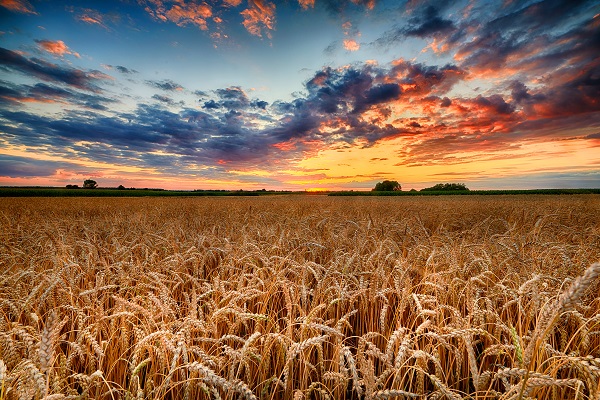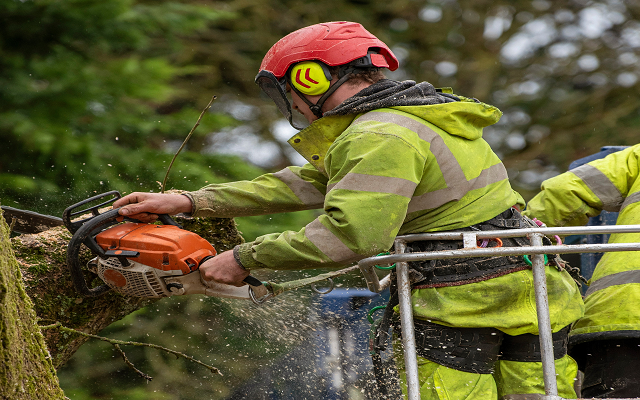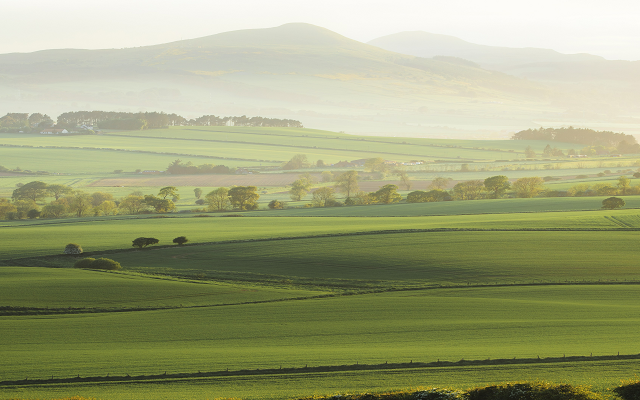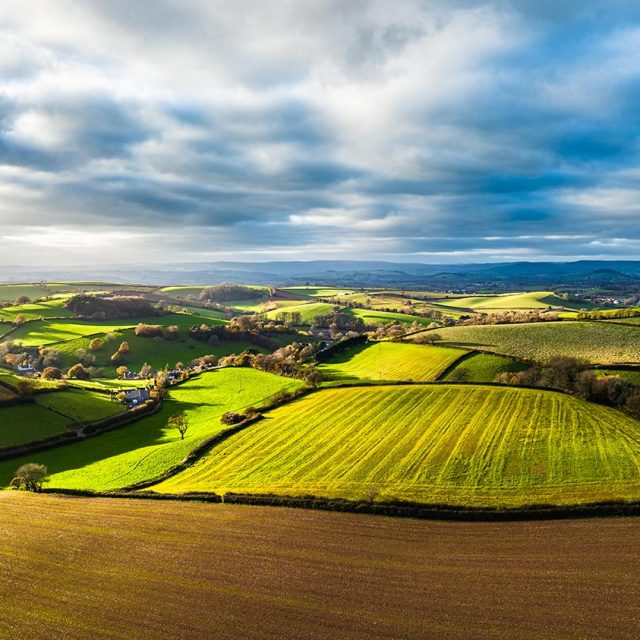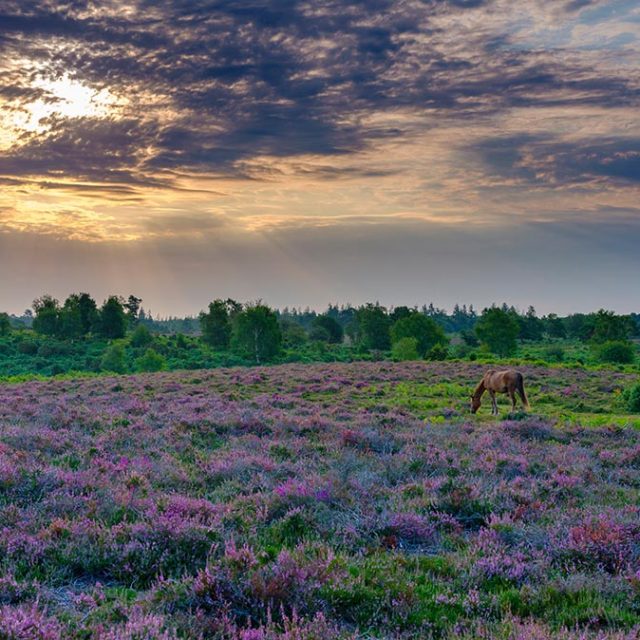Attention to detail key to improving arable profit margins
UK arable farmers are facing more than a 50% drop in profits from harvest 2023 as lower commodity prices, higher working capital requirements and the drop in Basic Payments hit margins.
Profits are forecast to recover a bit for harvest 2024, although will still be well down on levels seen in 2021 and 2022.
Modelling work carried out by Strutt & Parker shows that the net margin – which can be considered to be the equivalent of profit, before rent and finance – for an average arable farm for harvest 2023 is expected to be £183/ha, down from £568/ha in 2022, because of inflationary pressures on input costs, at a time when grain prices have been falling.
The 2023 net margin for a higher-performing farm achieving higher yields and with lower fixed costs is forecast to be £364/ha, but this will still be 52% lower than in 2022 and 42% lower than in 2021.
‘Harvest 2022 was a profitable year for arable growers who purchased the bulk of their inputs before the massive increases in input costs and benefited from the significant increases in grain prices,” says Andrew Atkinson, farm consultant with Strutt & Parker. ‘But the huge rise in fertiliser prices which followed, along with declining commodity prices over recent months, means harvest 2023 could end up being one of the worst financially for a number of years.
‘It is also worrying to see that while profits are forecast to rise a little in 2024, they are likely to be significantly down on where they were in 2021, which is before the extreme volatility which has characterised the past couple of years kicked in.
‘Volatility is not new to farmers, but the extent of it really has been unprecedented over the past 24 months and it is this year where the pain will be felt on many arable farms. Not only did fertiliser prices skyrocket to about £1,000/t in Spring 2022, but feed wheat prices have dropped by nearly £150/t compared with Summer 22 levels and oilseed rape prices have plummeted from over £800/t in Spring 22 to around £350/t now.
‘Arable farmers will be feeling like they have been on a rollercoaster and that looks set to continue. The forecast for 2024 is better than this season, but still worryingly low, which puts pressure on businesses to look for areas where they can improve financial and technical performance.’
Mr Atkinson said that key areas to look at which could help to improve net margins include:
Budgeting and cash flow forecasting
Although budgeting and cash flow forecasting can be difficult to find time for, the time spent on it has never been more important as it helps to improve decision making and manage risk. While working capital requirements are estimated to fall for harvest 2024, they will still be around 25% higher than they were in 2021, at a time when farmers’ BPS receipts will be around half of what they used to be. Budgets should be reviewed frequently to reflect changing circumstances.
Set sights on getting into top 25%
The net margins of high-performing businesses are forecast to be more than 75% higher than those of average-performing farms in 2024, highlighting the value of quality farm management and attention to detail. What characterises the higher-performing businesses is a combination of lower fixed costs and higher crop yields.
Reducing fixed costs
While a higher crop yield improves financial output, it tends to be the lower level of fixed costs which makes the greatest difference in overall financial performance, so finding savings in overhead costs is likely to be critical moving forward. This is not easy; changes do not happen overnight, but even relatively small changes can help to make a difference so managers should never feel that the task is too big. The starting point is to assess your own costs and compare them with others – data is freely available from the Farm Business Survey and other industry organisations.
Agri-environment scheme income
There is still an opportunity for growers to sign up to a Countryside Stewardship Scheme agreement with a 1 January 2024 start date. The deadline for mid-tier applications is 18 August 2023. Further announcements on additional Sustainable Farming Incentive (SFI) options are expected in June – potentially to include extra payments for direct drilling, no use of insecticides, precision farming approaches and companion cropping. We feel that by including a mixture of options these have the potential to add around £60/ha to a business’s net margin, but this will vary between businesses depending on how suitable the new options are for each business.
For more details read our full Arable Profitability Forecasts document.
